
Do you have a question about the MSI MPG Z390 GAMING EDGE AC and is the answer not in the manual?
| Component for | PC |
|---|---|
| Motherboard chipset | Intel Z390 |
| Audio output channels | 7.1 channels |
| Motherboard form factor | ATX |
| Motherboard chipset family | Intel |
| Windows operating systems supported | Windows 10, Windows 10 Education, Windows 10 Education x64, Windows 10 Enterprise, Windows 10 Enterprise x64, Windows 10 Home, Windows 10 Home x64, Windows 10 IOT Core, Windows 10 Pro, Windows 10 Pro x64 |
| Non-ECC | Yes |
| Memory channels | Dual-channel |
| Memory slots type | DIMM |
| Number of memory slots | 4 |
| Supported memory types | DDR4-SDRAM |
| Maximum internal memory | 64 GB |
| Supported memory clock speeds | 2133, 2400, 2666, 2800, 3000, 3200, 3300, 3333, 3400, 3466, 3600, 3733, 3866, 4000, 4133, 4200, 4266, 4300, 4400 MHz |
| Supported memory module capacities | 16GB |
| Parallel processing technology support | 2-Way SLI |
| Processor socket | LGA 1151 (Socket H4) |
| Compatible processor series | Intel Celeron, Intel Core i3, Intel Core i5, Intel Core i7, Intel Pentium |
| Number of M.2 (M) slots | 2 |
| PCI Express x1 (Gen 3.x) slots | 3 |
| RAID levels | 0, 1, 5, 10 |
| Supported storage drive types | HDD & SSD |
| Serial port headers | 1 |
| Number of SATA III connectors | 6 |
| USB 3.2 Gen 2 (3.1 Gen 2) connectors | 0 |
| BIOS type | UEFI AMI |
| USB 2.0 ports quantity | USB 2.0 ports have a data transmission speed of 480 Mbps, and are backwards compatible with USB 1.1 ports. You can connect all kinds of peripheral devices to them. |
| LAN controller | Intel® I219-V |
| Wi-Fi standards | 802.11a, Wi-Fi 5 (802.11ac), 802.11b, 802.11g, Wi-Fi 4 (802.11n) |
| Bluetooth version | 5.0 |
| Ethernet interface type | Gigabit Ethernet |
| Depth | 243 mm |
|---|---|
| Width | 304 mm |
Lists CPU compatibility and socket type for the motherboard.
Specifies supported memory types, speeds, and capacities.
Lists available PCIe and other expansion slots.
Lists storage interfaces like SATA and M.2.
Explains the status indicators for the LAN port.
Details how audio ports are configured for different channel outputs.
Allows selecting audio output sources and setting defaults.
Provides guided sound effect options for audio devices.
Controls the overall volume and balance of audio output.
Explains CPU notches and golden triangle for alignment.
Provides guidance on installing memory modules into DIMM slots.
Shows optimal slot usage for multi-GPU setups.
Step-by-step guide to install an M.2 SSD into the slot.
Details the connection of a USB 3.1 Gen2 Type-C port.
Explains how to connect USB 3.1 Gen1 ports on the front panel.
Details the connection of USB 2.0 ports on the front panel.
Guides on changing fan modes and adjusting speed via BIOS.
Indicates CPU, DRAM, VGA, and BOOT status.
Shows the status of installed memory modules.
Indicates when the XMP mode is enabled.
Step-by-step guide for installing the Windows 10 operating system.
Instructions for installing essential system drivers from the driver disc.
Interface for controlling LED effects on detected devices.
Accesses audio effects, profiles, and settings within Nahimic 3.
Methods to access the BIOS setup utility.
Procedures for restoring BIOS to default settings.
Guides for updating the system BIOS.
Displays system date, time, and connected devices.
Shows detailed system information like CPU and BIOS version.
Selects the system boot mode (Legacy or UEFI).
Sets an administrator password for system security.
Configures chassis intrusion detection warnings.
Restores or loads all default BIOS settings.
Switches between normal and expert OC settings.
Enables memory module overclocking technology.
Saves current overclocking settings to a profile.
Allows selection of PWM/DC fan modes and fan speed control.
Steps to enable Intel RST for RAID setup.
Installing the Intel RST software.
Guides for installing Intel Optane memory module.
Disables Optane memory before physical removal.
Solutions for issues where the system does not power on.
Steps to resolve no display output issues.
Fixes for boot failures after BIOS update.
How to recover from a lost BIOS password.
Statement regarding compliance with FCC rules.
Information about CE marking and EU directives.
Guidelines for battery disposal and handling.

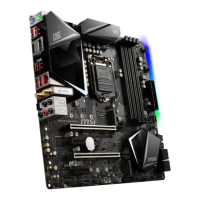
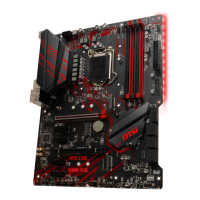
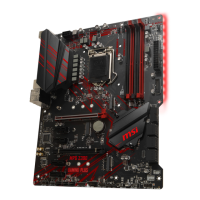
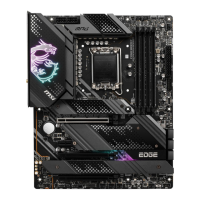
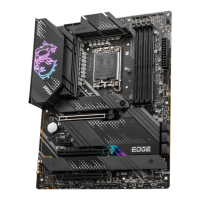
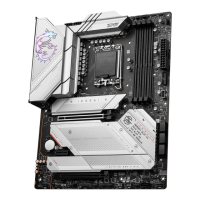

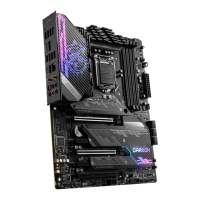
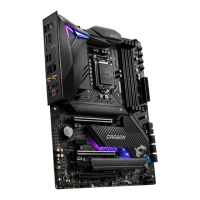
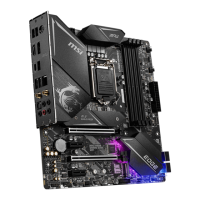
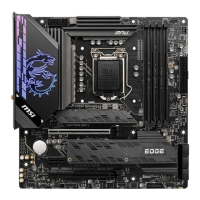
